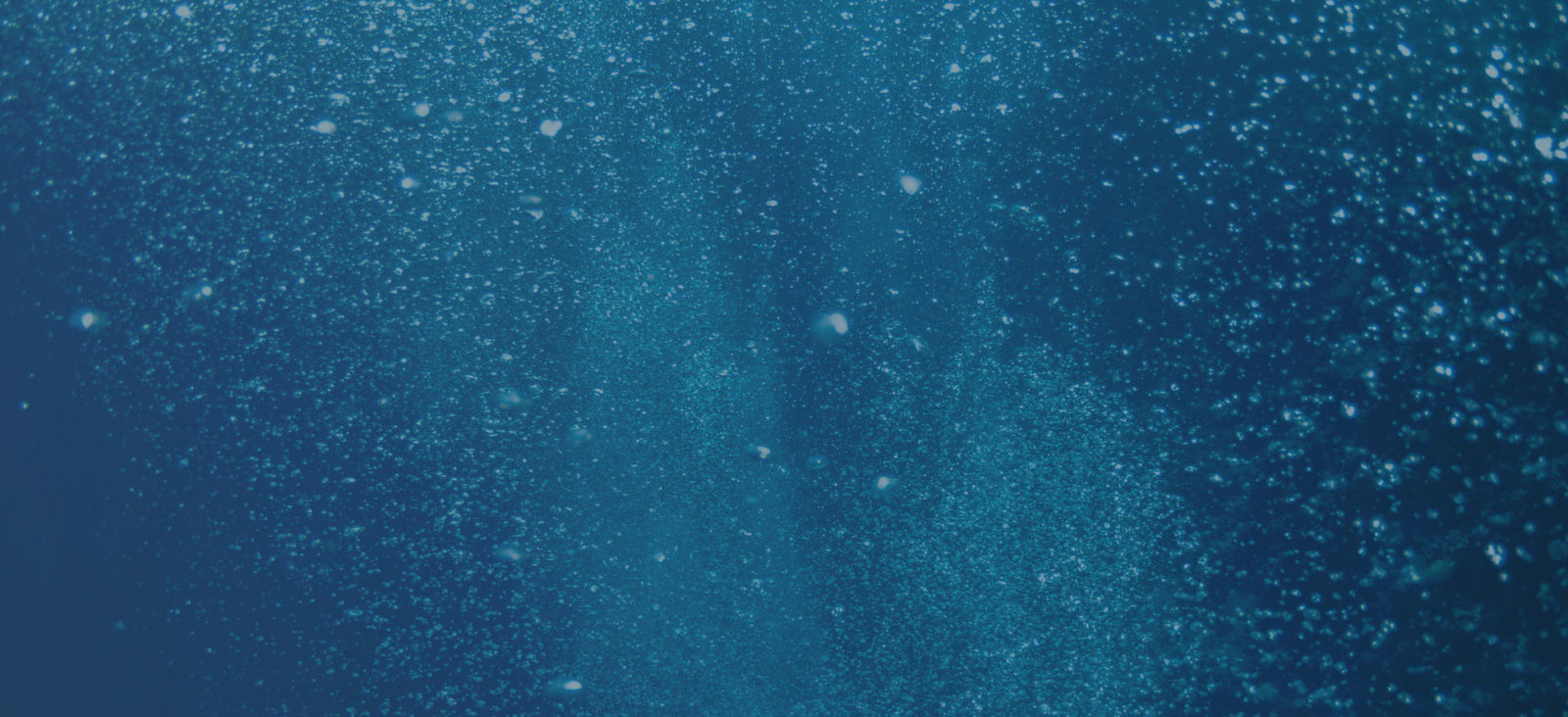
11 Dec Is tap water safe?
When you Google “tap water,” click on the news tab and you’re likely to see links for “tap water boil orders” currently active in cities and towns around the country. That’s just one reason why “is tap water safe” has nearly 1 billion search results in Google. Established municipal water services should provide safe-to-drink water, but how can we be certain that happens?
Before founding Canopus Water Technologies Inc. Souheil Benzerrouk thought New Hampshire, the state he calls home, had some of the cleanest water in the country. In 2018, a Legionnaires disease outbreak in New Hampshire traced back to a bacterial infection in drinking water at a vacation resort.
The news shocked Souheil, and he began researching water quality. The aging water treatment and water delivery infrastructure across the country diminished his faith in the safety of tap water for drinking.
Freshwater pollutants grow daily with pollutants in rivers, lakes and other coastal waters – not just here but around the world. Waterborne pathogens cause disease in humans via drinking and recreational water.
Should you worry about bacterial contamination in your drinking water?
In the United States, waterborne enteric pathogens, including Norovirus and Legionnaires disease, result in nausea, vomiting and diarrhea – or worse.
Cases of infections from a waterborne pathogen are on a sharp rise lately. For example, cases of Legionnaires disease caused by the Legionella bacteria in water increased from 0.5 cases per 100,000 in 2000 to 2.5 per 100,000 in 2017 in the United States. Similarly, cases of Salmonella and E. coli infections are increasing.
Shouldn’t my city or town provide safe drinking water?
The Safe Drinking Water Act (SDWA), passed in 1974, empowers the United States EPA to protect public health by regulating the nation’s public drinking water supply and sources including rivers, lakes, reservoirs, springs and public groundwater wells.
The EPA sets national health-based standards for drinking water to protect against naturally occurring and man-made contaminants in drinking water. The EPA recognizes threats of contaminated drinking water, including:
- Improperly disposed chemicals
- Animal wastes
- Pesticides
- Human threats
- Wastes injected underground
- Naturally-occurring substances
According to the EPA, these standards are “based on sound science to protect against health risks, considering available technology and costs.”
Chlorination remains one of the primary methods of water purification for American’s tap water. Chlorine combined with the organic material present in water can create harmful by-products, like Chloroform and/or Bromoform.
How do I know if my water is contaminated?
Canopus recommends regular water testing. Testing can find active contamination in water, but contaminations generally appear unannounced and spread quickly. Water test strips are available for purchase via online retailers.
Testing is certainly part of the EPA’s efforts to regulate drinking water. What is unclear on the EPA’s website, however, is how communities, neighborhoods and apartment/condo complexes can be certain that the water that leaves the source point is safe when it reaches the point of use, the tap. This leaves unanswered questions:
- How do we know what’s in our aging pipes?
- What bacteria is trapped in joints of piping?
- What elements of decaying metal from old pipes end up in our drinking water?
- How many pollutants get trapped in our home faucets and released into the drinking water?
Unfortunately, we don’t have the answers to all of those questions, which is one reason why we produce a chemical-free solution for drinking water in homes as well as business and industrial use. Canopus’ product, the C-UV100, uses an ultraviolet light-emitting diode (UV-C LED) to disinfect water from a plethora of harmful bacteria. It purifies water before it leaves the tap, safely and non-chemically disinfecting water to the highest quality standards as listed by the EPA.
Drinking water quality is a global concern, as one in nine people in the world do not have access to clean drinking water, according to The United Nations Educational, Scientific and Cultural Organization. The future of our global health, food sources, ecosystems and economies rely on clean water solutions.



Sorry, the comment form is closed at this time.